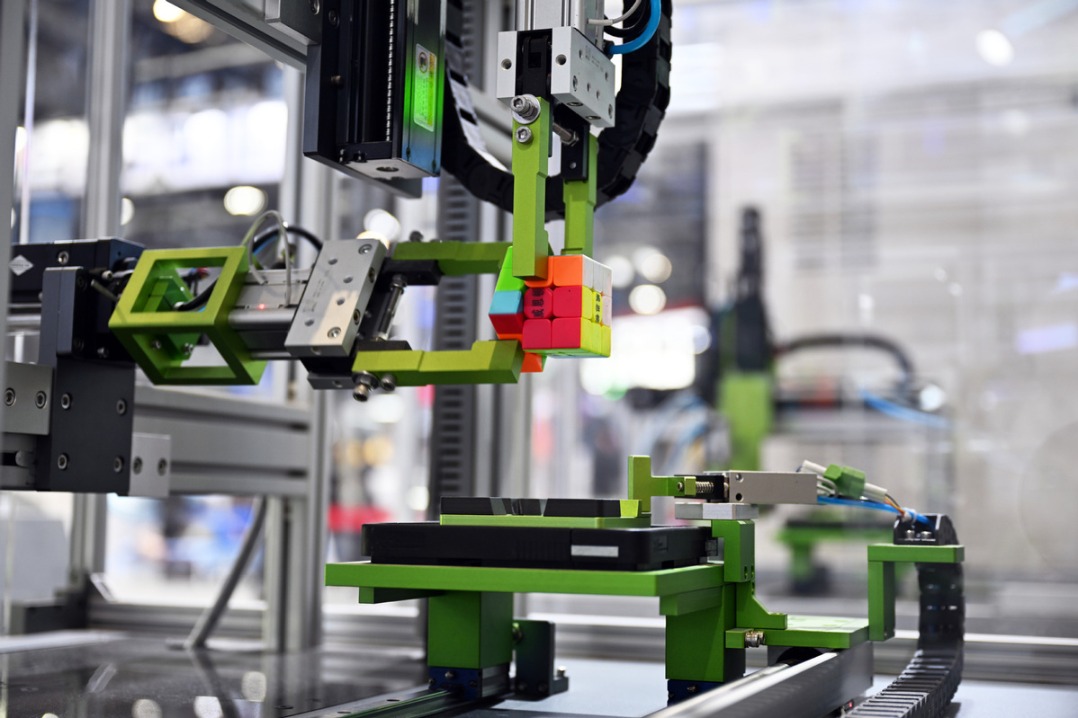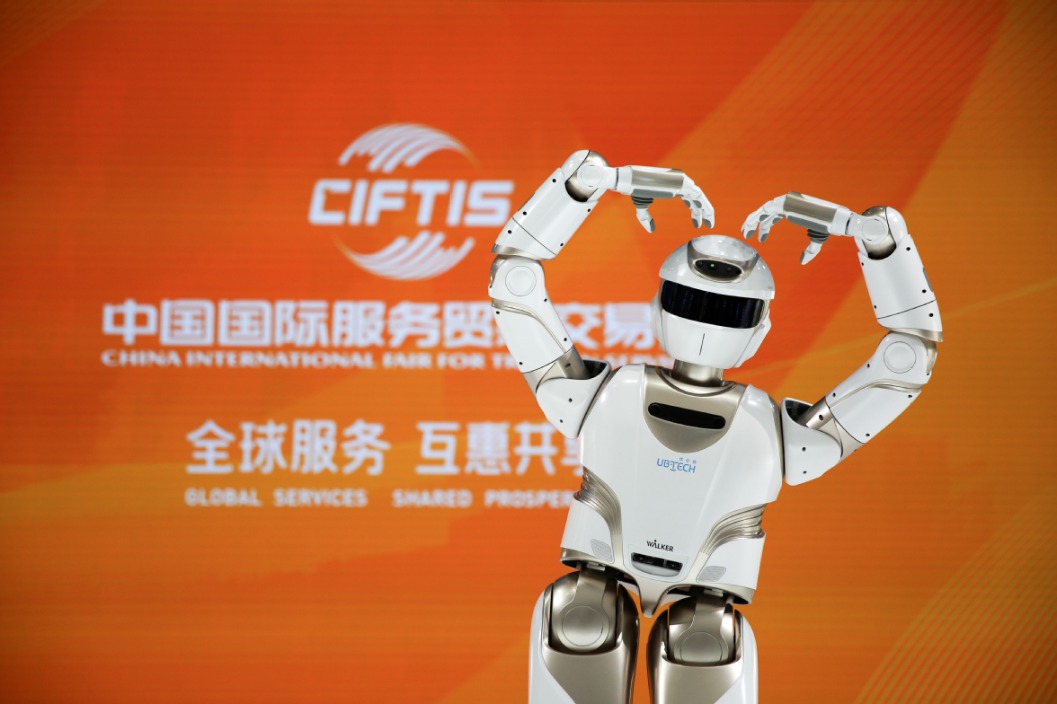Homegrown chatbot throws hat in AI ring
Moonshot AI's Kimi able to handle 2m Chinese characters in single prompt


Industry experts said the updated Kimi chatbot launched by Chinese artificial intelligence startup Moonshot AI has made breakthroughs in processing extensive textual inputs and is of great significance in expanding application scenarios for homegrown AI-powered large language models.
They added that Chinese tech companies should pool more resources into improving computing power, algorithms and quality of data, and ramp up investment in basic scientific research to gain a competitive edge in the global AI chatbot race.
The updated Kimi chatbot, which is currently in the beta testing stage, can now handle up to 2 million Chinese characters in a single prompt, setting itself apart from existing domestic AI-powered LLMs.
Moonshot AI has trained a 100-billion-parameter LLM and rolled out its first ChatGPT-like LLM Kimi Chat in October, which can process long text inputs of 200,000 Chinese characters.
LLMs refer to computer algorithms that are trained with copious amounts of data and are capable of generating content such as images, text, audio and video. They are fundamental to the core technology behind Sora, a new text-to-video generator developed by US-based research company OpenAI that has taken the world by storm.
Moonshot AI was founded in March 2023 in Beijing by Yang Zhilin, who graduated from Tsinghua University, and received his doctoral degree in computer science from Carnegie Mellon University in the United States.
In February, the company raised more than $1 billion in a new funding round led by tech heavyweight Alibaba Group Holding Ltd, social media platform Xiaohongshu and venture capital firm HongShan.
The updated Kimi chatbot has showcased its strong ability to deal with a myriad of tasks. For instance, it can provide medical advice after perusing a Chinese medicine handbook. The company also plans to launch its own multimodal AI models this year, which will further expand the range of applications for Kimi.
Industry insiders said the Kimi chatbot is expected to become the benchmark product in the field of AI-generated content or AIGC sector, and its capability of handling as many as 2 million Chinese characters in a single conversation will help enterprises produce high-quality text content more efficiently.
Wang Peng, a researcher at the Beijing Academy of Social Sciences, said the process of handling long textual inputs — such as novels, history documents and complicated law files — will greatly improve the LLMs' capacities in context understanding and analysis.
"This requires the AI models not only to have strong computing power, but also excellent memory and management abilities to maintain a coherent understanding of long-form context," Wang said.
China's major advantages in developing AI models lie in abundant data resources and diverse application scenarios, while the US has taken the lead in basic AI research, chips, algorithms and other crucial technologies alongside a sound innovation ecosystem, he added.
AIGC-related technologies will improve the productivity of content production and inject fresh impetus into China's economic growth, said Pan Helin, a member of the Expert Committee for Information and Communication Economy, which is under the Ministry of Industry and Information Technology.
Chinese AI companies should beef up self-developed and proprietary abilities in underlying computing power chips and programming software, as well as increase investments in basic scientific research including mathematics, statistics and computer science, to catch up with foreign counterparts in the AI chatbot race, he added.
Zhang Xiaorong, head of the research institute at manufacturing company Deep Innovation, which is based in Shenzhen, Guangdong province, said it has always been a big challenge to deal with long-form context in the aspect of natural language processing, which requires AI models to have stronger memory capability.
The AI models, which boast the ability to process expanded length of Chinese-character prompts, will also improve the accuracy and efficiency of natural language processing, as they can better understand and generate natural language text, Zhang said.




































